Sitra is introducing a new voting advice application for young people to experiment with in connection with the 2024 European Parliament elections. The application was developed in co-operation with the Finnish National Youth Council Allianssi and OpenVAA, an association focused on developing an open-source voting advice application platform.
The voting advice application was designed in collaboration with young people and, with their use in mind, which ensures that users can get to know the candidates through questions and themes that are especially important for young people.
Young people participated in both drawing up the questions and designing the user interface. One wish among young people was to be provided with more background information on the topics that the vote concerns and video was an absolute favourite among presentation formats.
A key difference between the new voting advice application and already existing ones is that the content is provided in video format, instead of text. After watching a video providing background information on the topic, users can select their response to a statement, just as in traditional VAAs. The content is provided in text form.
In the future, the platform will be available for use by other countries and organisations for agile development of their own selectors.
The voting advice application is built on a platform that utilises open source code. Thanks to the open source code, anyone can, for example, view the recommendation algorithm and suggest improvements to it. In the future, the platform will be available for use by other countries and organisations for agile development of their own selectors.
The aim is that this voting advice application, specifically designed for young people, will encourage them to vote in the European elections. VAAs are tremendously popular in Finland, and they have an especially pronounced impact on the way young people vote.
“In order to ensure the future of democracy, it is crucial that we get young people to engage. A voting advice application designed specifically for young people can make politics easier to approach and increase interest in voting,” says Kirsi Hantula, Leading Specialist for Sitra.
Voter turnout among young adults in Finland has been lower than for other age groups for a long period of time. In the 2019 European Parliament elections, only 24% of Finns aged 18–24 voted.
Young adults are interested in voting but mention factors such as cynicism and lack of sufficient information as barriers to participation.
Check this out
“Although voter turnout among young Finns has been very low, especially in EU elections, in recent years general interest in voting has grown slightly among the youngest people entitled to vote. In order to keep this positive trend going, we need innovations that strengthen the experience of engagement and promote interest in elections among young people,” says Iina Helenius, Specialist for Allianssi.
The open-source voting advice application platform was developed by the OpenVAA association, with funding from Sitra. The new video-format VAA was developed in co-operation with OpenVAA, The Finnish National Youth Council Allianssi and the YouthVAA research project. The Finnish representative office of the European Parliament provided funding for producing the videos and advertising the voting advice application.
The voting advice application is available at nuortenvaalikone.fi until the European Parliament elections. It is published in parallel with the traditional, text-form VAA by Allianssi in order to enable studying the utilisation rate and user experience of both selectors.

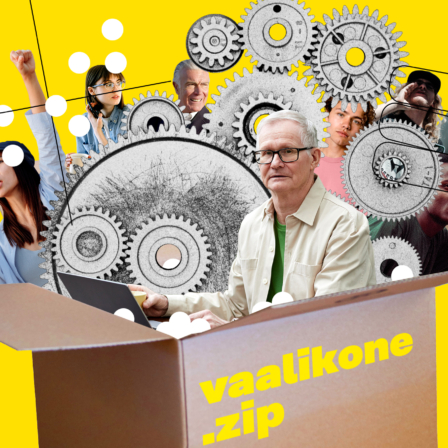

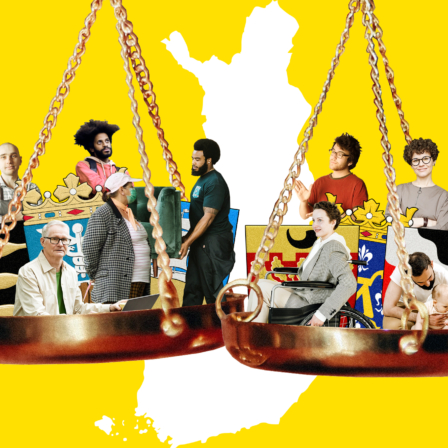
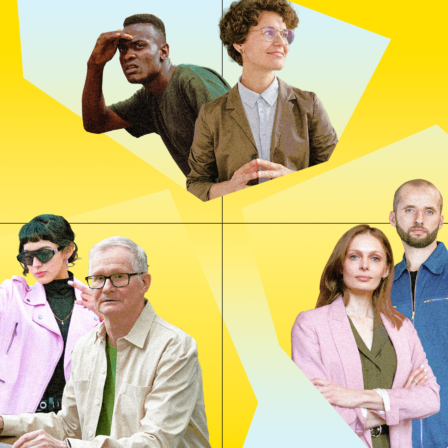
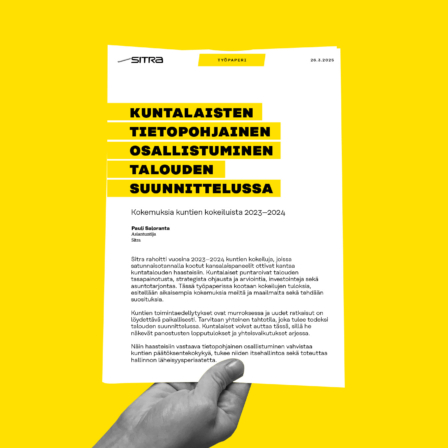
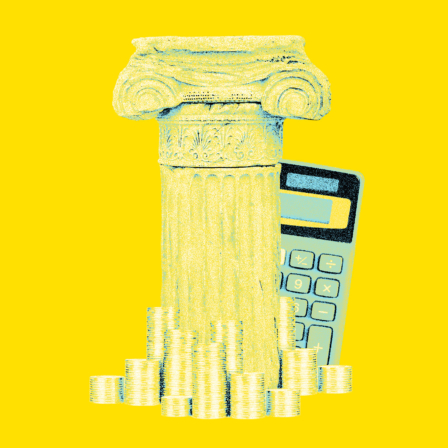


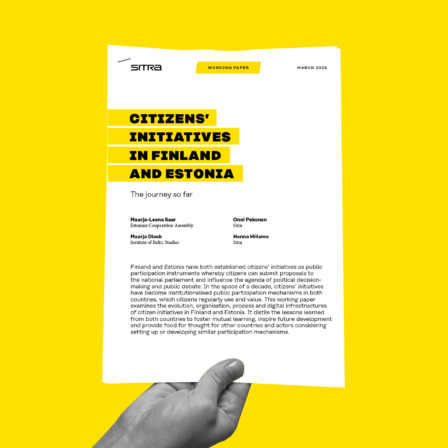
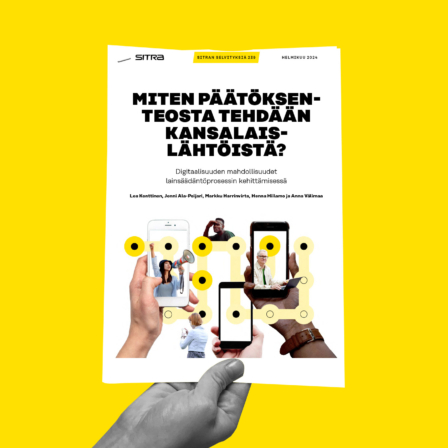
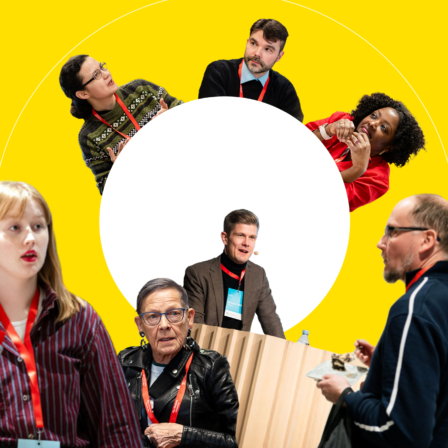





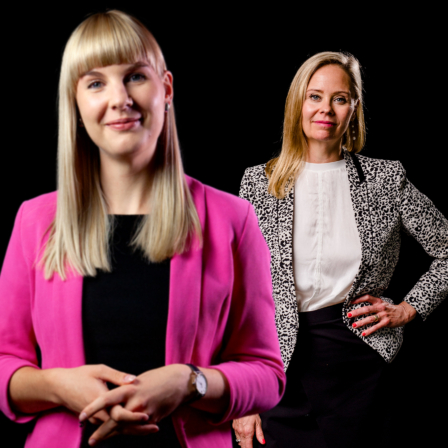
Recommended
Have some more.